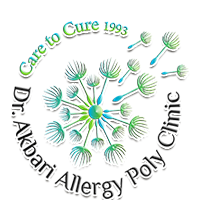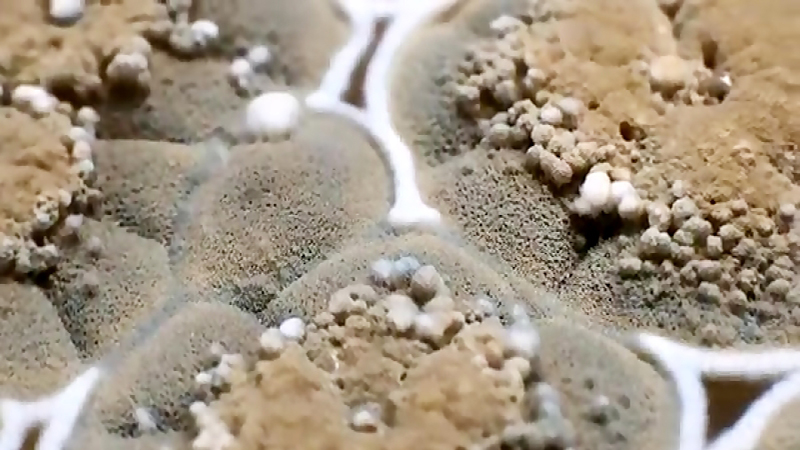Pollen : These very small cells, which play a role in the reproduction of flowering plants, enter the nose, throat and eyes directly with the breeze.
The pollination season of flowers may start from April or May and continue until December.
Let’s remember that the main culprit is not the plants that scatter pollen in the air in an impressive and spectacular way. The main problem is with plants whose flowers are so small and so indistinct that we rarely notice them flowering.
Most pollens are from trees (alder, gorse, cypress, elm, maple, mulberry, oak, poplar, sycamore, walnut, and cedar), grasses (Bermuda, bluegrass, meadow grass, ryegrass , sour grass, sweet grass and grass cat’s tail) and weeds (dry bushes used for burning, elderberry, Russian thistle, thistle and rolling thistle) are scattered in the air.
Molds : Molds, although not as notorious as pollen, but their spores cause allergies just as much. Molds exist indoors and outdoors.
Indoor molds grow in basements, bathrooms, humidifiers, and trash cans, in short, anywhere there is moisture.
Molds outside the home, which exist from spring to the beginning of the frost season, also grow in damp and humid conditions, they love rotting wood, piles of wet leaves, and places where fertilizer is made (noted). (The molds that cause allergies are not the same ones that are poisonous to eat.)
Dust mites : These microscopic relatives of spiders and bedbugs live in the webs of fabrics, sheets, carpets, and furniture, and their food is shed particles of our skin. The decomposed bodies of dead mites and their excrement contain highly allergenic proteins.
Animals and household pests : The proteins in the saliva of animals, especially cats, which rub it on their skin and hair with their tongues when they clean themselves, are very allergenic.
Similarly, hair and dry parts of the skin that are scattered from the body of pets in the home environment are also allergens. Mouse urine and cockroach feces also contain allergenic proteins.
Journal of Allergy

